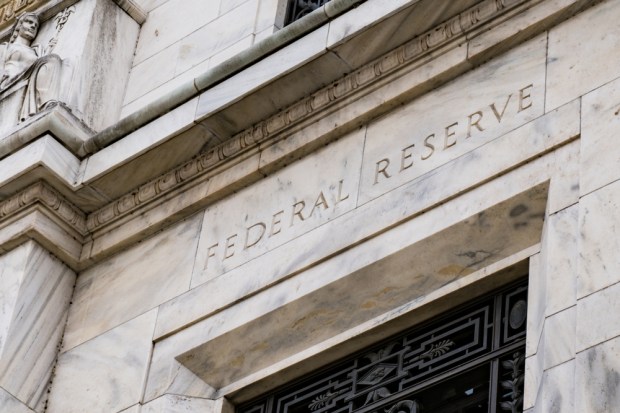Debit Fee Cap Proposal Comment Period Floods Fed Website

The Federal Reserve’s proposal to lower debit interchange fee caps has drawn a flurry of responses — roughly 2,500 responses, in fact — from trade organizations representing merchants and financial services firms, from bank executives and unaffiliated individuals too.
Generally speaking, the comment period after a rule is proposed offers up insight from the various stakeholders who will be impacted by changes in process, fees or governance. That input helps inform a regulator or agency on how it might address concerns or recommendations, leading, at times, to fine-tuning of new regulations.
The comment period had been set to end in February but was extended to May 13.
Under the terms of the proposal unveiled last October, the Fed would lower the interchange fees that are charged to merchants to 14.4 cents, where that rate had been 21 cents. In addition, the caps would be reviewed every two years. The revised fee structure would cover financial institutions (FIs) with at least $10 billion in assets. As reported Wednesday (May 22) in this space, there is legislation set to advance to the floor of the House of Representatives that would raise that asset “threshold” to $50 billion, which would exempt more FIs from the debit interchange caps.
Parsing several of the letters and emails offer up a cross-section of the controversy surrounding the caps and the Fed’s proposed actions.
Banks Say the Revenue Is Vital to Battle Fraudsters
On the banking side of the equation, individuals tied to smaller banks contend that the Fed is not accurately assessing the impact, and risks, tied to fraud. The revenue streams afforded by interchange, say some of the opponents of the caps, are vital in offsetting increased expenses needed to invest in fraud fighting efforts, and in delivering payments innovation to consumers.
In a letter issued by the National Association of Federally-Insured Credit Unions to the Fed, the association states that “Regulation II and the Durbin Amendment have presented significant challenges to credit unions, exemplifying regulatory overreach at the detriment of small financial institutions. Rather than fostering a competitive marketplace, these measures have favored one industry over another, leading to disastrous results and further consolidation of an already shrinking financial services industry. The proponents of reevaluating debit interchange rates under the guise of benefiting consumers are disingenuous …”
The letter goes on to state that “credit unions, due to their smaller size and community-focused operations, do not have the high volume of transactions or the broad infrastructural base to spread out the fixed costs associated with issuing debit. Credit unions often incur higher per-transaction costs for issuing debit, which can be largely attributed to their limited scale of operations.”
Retailers: The Fees Will Still Be Too High
Separately, the National Retail Federation said in its own comments on the matter that even with the adjustments, the fees will still be too high, and that the reduced issuer costs tied to transactions will still mean that “the largest issuers in the country are further guaranteed a higher profit margin under the proposed rule than that which the Board deemed ‘reasonable and proportional’ when Regulation II was first enacted.”
In a missive from the International Center for Law and Economics, the authors wrote that the fee caps, as initially debuted under Regulation II more than a decade ago, wound up harming lower-income consumers and “benefitted the shareholders of large merchants.” The data show, per studies from the University of Pennsylvania, that banks lost more than $5.5 billion annually, and recouped at least some of those losses by reducing free checking account availability and boosting checking account fees.
“Monthly minimums to avoid these fees rose by 21 percent, and monthly fees on interest bearing checking accounts also rose by nearly 14 percent,” said the Center, which added in its conclusion that “Since it remains ‘difficult to determine empirically’ the efficient interchange fee for any card network, the Board should acknowledge that markets are the best mechanism to establish such fees, and remove the price controls altogether.”

